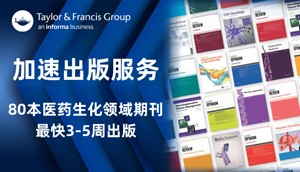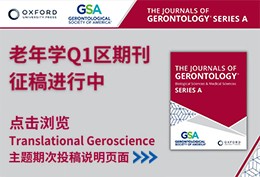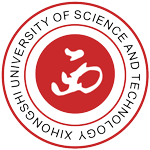-
Kilonovae Living Rev. Relat. (IF 62.5) Pub Date : 2017-05-16
Brian D. MetzgerThe mergers of double neutron star (NS–NS) and black hole (BH)–NS binaries are promising gravitational wave (GW) sources for Advanced LIGO and future GW detectors. The neutron-rich ejecta from such merger events undergoes rapid neutron capture (r-process) nucleosynthesis, enriching our Galaxy with rare heavy elements like gold and platinum. The radioactive decay of these unstable nuclei also powers
-
Detection methods for stochastic gravitational-wave backgrounds: a unified treatment Living Rev. Relat. (IF 62.5) Pub Date : 2017-04-04
Joseph D. Romano, Neil. J. CornishWe review detection methods that are currently in use or have been proposed to search for a stochastic background of gravitational radiation. We consider both Bayesian and frequentist searches using ground-based and space-based laser interferometers, spacecraft Doppler tracking, and pulsar timing arrays; and we allow for anisotropy, non-Gaussianity, and non-standard polarization states. Our focus is
-
The Kerr/CFT correspondence and its extensions Living Rev. Relat. (IF 62.5) Pub Date : 2017-02-27
Geoffrey CompèreWe present a first-principles derivation of the main results of the Kerr/CFT correspondence and its extensions using only tools from gravity and quantum field theory. Firstly, we review properties of extremal black holes with in particular the construction of an asymptotic Virasoro symmetry in the near-horizon limit. The entropy of extremal spinning or charged black holes is shown to match with a chiral
-
Interferometer techniques for gravitational-wave detection Living Rev. Relat. (IF 62.5) Pub Date : 2017-02-17
Charlotte Bond, Daniel Brown, Andreas Freise, Kenneth A. StrainSeveral km-scale gravitational-wave detectors have been constructed worldwide. These instruments combine a number of advanced technologies to push the limits of precision length measurement. The core devices are laser interferometers of a new kind; developed from the classical Michelson topology these interferometers integrate additional optical elements, which significantly change the properties of
-
Extraction of gravitational waves in numerical relativity Living Rev. Relat. (IF 62.5) Pub Date : 2016-10-04
Nigel T. Bishop, Luciano RezzollaA numerical-relativity calculation yields in general a solution of the Einstein equations including also a radiative part, which is in practice computed in a region of finite extent. Since gravitational radiation is properly defined only at null infinity and in an appropriate coordinate system, the accurate estimation of the emitted gravitational waves represents an old and non-trivial problem in numerical
-
Prospects for Observing and Localizing Gravitational-Wave Transients with Advanced LIGO and Advanced Virgo Living Rev. Relat. (IF 62.5) Pub Date : 2016-02-08
B. P. Abbott, The LIGO Scientific Collaboration, Virgo Collaboration, R. Abbott, T. D. Abbott, M. R. Abernathy, F. Acernese, K. Ackley, C. Adams, T. Adams, P. Addesso, R. X. Adhikari, V. B. Adya, C. Affeldt, M. Agathos, K. Agatsuma, N. Aggarwal, O. D. Aguiar, A. Ain, P. Ajith, B. Allen, A. Allocca, P. A. Altin, D. V. Amariutei, S. B. Anderson, W. G. Anderson, K. Arai, M. C. Araya, C. C. Arceneaux,We present a possible observing scenario for the Advanced LIGO and Advanced Virgo gravitational-wave detectors over the next decade, with the intention of providing information to the astronomy community to facilitate planning for multi-messenger astronomy with gravitational waves. We determine the expected sensitivity of the network to transient gravitational-wave signals, and study the capability
















 京公网安备 11010802027423号
京公网安备 11010802027423号